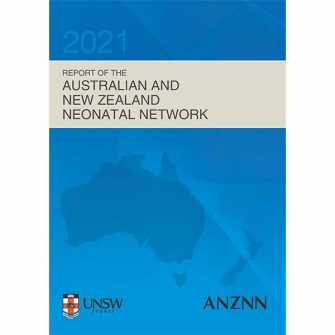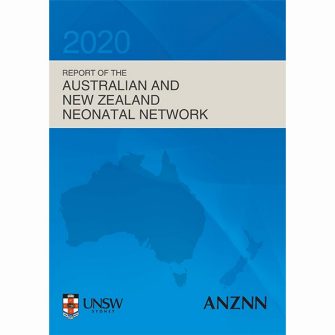Annual registry reports

ANZARD annual reports

Assisted reproductive technology in Australia and New Zealand 2023
Summary
- More than 112,000 ART treatment cycles were performed in Australia and New Zealand in 2023
- Over one-third of recipient cycles were undertaken by single women or female same-sex couples
- One in seven autologous fresh cycles were performed for fertility preservation
- One in four cycles were attributed to male infertility
- Live birth rates per thaw cycle continue to increase, with higher rates than fresh cycles
- More than 20,000 babies were born following ART treatment
- More than one third of women achieved a live birth in their first ever complete ART cycle
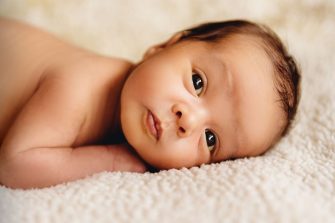
Assisted reproductive technology in Australia and New Zealand 2022
Summary
- There were 108,913 ART treatment and lab-only cycles performed in Australian and New Zealand ART Units
- More than one in three (34.6%) oocyte/embryo recipient cycles were in single females or female-female couples
- The average age of female patients undergoing autologous and recipient cycles was 36 years
- Male factor infertility was reported in approximately one in three cycles, where the principal cause of male infertility was unexplained in the majority (76.6%) of these cycles
- Thaw cycles (31.8%) had higher live birth rates than fresh cycles (14.7%)
- There were 20,058 babies born following ART treatment in Australia and New Zealand
- More than one third (38.9%) of women achieved a live birth in their first complete ART cycle
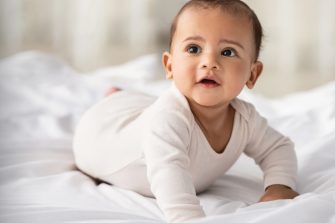
Assisted reproductive technology in Australia and New Zealand 2021
Summary
* Over 110,000 ART treatment cycles were performed in Australia and New Zealand in 2021
* One in three recipient cycles were in single females or female-female couples
* The average age of female patients undertaking ART in 2021 was 36 years
* One in three cycles attributed to male infertility
* Thaw cycles had higher live birth rates than fresh cycles
* More than 20,000 babies were born following ART treatment in Australia and New Zealand
* More than one third of women achieved a live birth in their first ever complete ART cycle
* Live birth rates per thaw cycle continue to increase
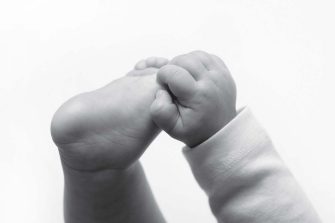
Assisted reproductive technology in Australia and New Zealand 2020
Summary
There were 111,253 ART treatment cycles performed in Australian and New Zealand ART Units in 2021 (102,157 and 9,096 respectively). This represents an increase of 17.1% in Australia and 7.1% in New Zealand from 2020. This equates to 19.6 cycles per 1,000 women of reproductive age (15–44 years) in Australia, compared with 8.7 cycles per 1,000 women of reproductive age in New Zealand. Communities and health services were affected by the COVID pandemic in 2020 and 2021.
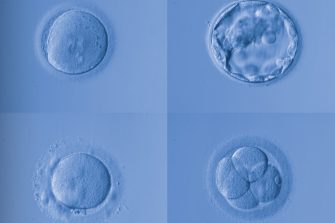
Assisted reproductive technology in Australia and New Zealand 2019
Summary
There were 88,929 ART treatment cycles reported from Australian and New Zealand fertility clinics in 2019 (81,049 and 7,880 respectively), representing an increase of 6.2% in Australia and 2% in New Zealand from 2018. This equates to 15.6 cycles per 1,000 women of reproductive age (15–44 years) in Australia, compared with 7.9 cycles per 1,000 women of reproductive age in New Zealand. Women used their own oocytes or embryos (autologous cycles) in 95% of treatments. Embryos and oocytes that had been frozen and thawed were used in 36.7% of autologous cycles.
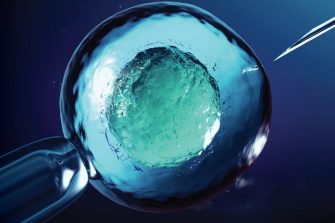
Assisted reproductive technology in Australia and New Zealand 2018
There were 84,064 ART treatment cycles reported from Australian and New Zealand fertility clinics in 2018 (76,341 and 7,723 respectively), representing an increase of 1.9% in Australia and 6.2% in New Zealand from 2017. This equates to 14.8 cycles per 1,000 women of reproductive age (15–44 years) in Australia, compared with 7.9 cycles per 1,000 women of reproductive age in New Zealand. Women used their own oocytes or embryos (autologous cycles) in 94.1% of treatments. Embryos and oocytes that had been frozen and thawed were used in 36.9% of autologous cycles.
-
Assisted reproductive technology in Australia and New Zealand 2017
Assisted reproductive technology in Australia and New Zealand 2017 Summary
Assisted reproductive technology in Australia and New Zealand 2017 Supplementary Tables
Assisted Reproductive Technology in Australia and New Zealand 2016
Assisted Reproductive Technology in Australia and New Zealand 2016 Summary
Assisted Reproductive Technology in Australia and New Zealand 2016 Supplementary Tables
Assisted Reproductive Technology in Australia and New Zealand 2015
Assisted Reproductive Technology in Australia and New Zealand 2015 Supplementary Tables
Assisted Reproductive Technology in Australia and New Zealand 2015 Summary
Assisted reproductive technology in Australia and New Zealand 2014
Assisted Reproductive Technology in Australia and New Zealand 2014 Supplementary Tables
Assisted Reproductive Technology in Australia and New Zealand 2014 Executive Summary
Assisted reproductive technology in Australia and New Zealand 2013
Assisted reproductive technology in Australia and New Zealand 2013 - Supplementary tables
Assisted reproductive technology in Australia and New Zealand 2012
Assisted reproductive technology in Australia and New Zealand 2012 - Supplementary tables
Assisted reproductve technology in Australia and New Zealand 2011
Assisted reproductive technology in Australia and New Zealand 2011 - Report Profile
Assisted reproductive technology in Australia and New Zealand 2011 - Supplementary tables
Assisted reproductive technology in Australia & New Zealand 2010
Assisted reproductive technology in Australia and New Zealand 2010 - Supplementary tables
Assisted reproductive technology in Australia and New Zealand 2009
Assisted reproductive technology in Australia and New Zealand 2009 - Supplementary tables
Assisted reproductive technology in Australia and New Zealand 2008
Assisted reproductive technology in Australia and New Zealand 2008 - Supplementary tables
Assisted reproductive technology in Australia and New Zealand 2007
Assisted reproductive technology in Australia and New Zealand 2006
Assisted reproductive technology in Australia and New Zealand 2005
Assisted reproductive technology in Australia and New Zealand 2004
Assisted reproductive technology in Australia and New Zealand 2003
Assisted reproductive technology in Australia and New Zealand 2002
Assisted conception Australia and New Zealand 2000 and 2001
Assisted conception Australia and New Zealand 1999 and 2000
Assisted conception Australia and New Zealand 1998 and 1999
Assisted conception Australia and New Zealand 1997
Assisted conception Australia and New Zealand 1996


